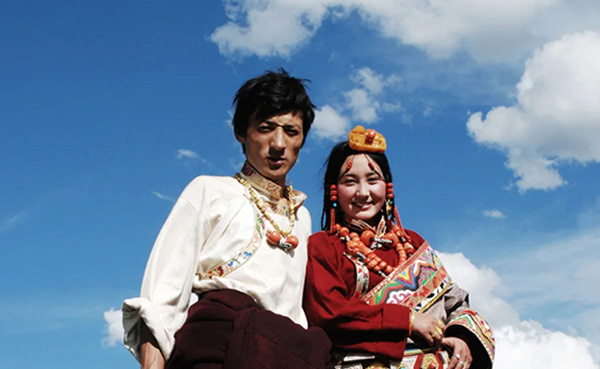The Power of Faith: A look at the history, colours and cultural significance of Tibetan prayer flags.
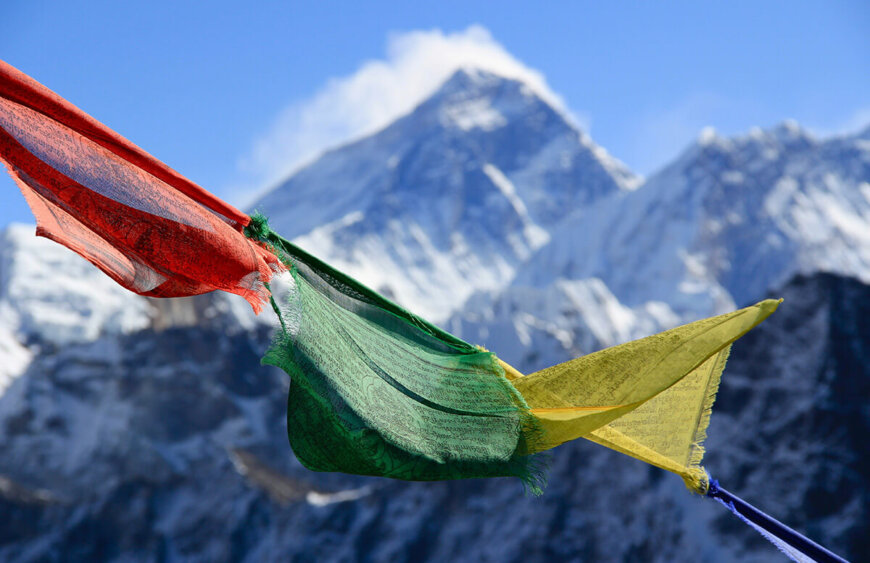
1. Origins and Historical Evolution
Legend has it that in the 7th century, Guru Padmasambhava was invited to Tibet and, inspired by the devotion of the highland people, printed mantras on cloth flags and placed them on top of sacred mountains. The wind would carry blessings far and wide. History tells us that King Songtsen Gampo put up the first flags at Samye Monastery to keep the peace in his empire. Over time, these prayer flags have become a mix of Tibetan Buddhism and Bon traditions.
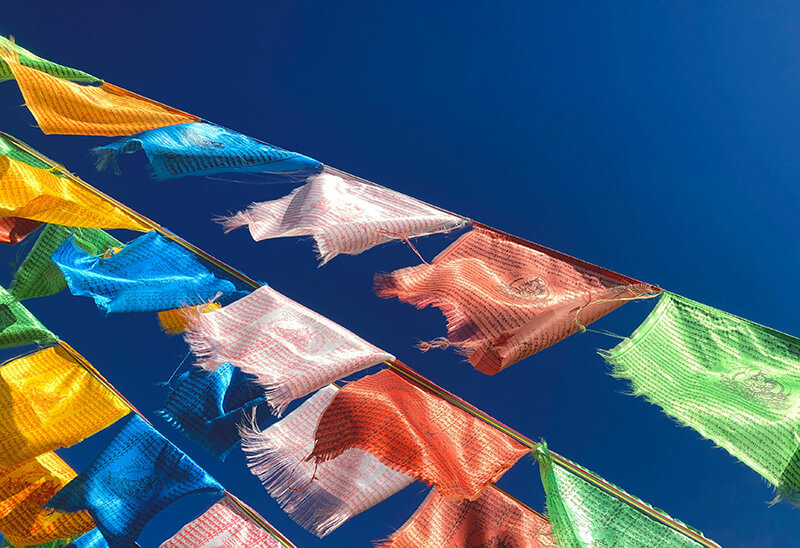
2. The Five Colors and Energetic Fields
| Color | Element | Prayer Flag Name | Chakra | Symbolism |
|---|---|---|---|---|
| Blue | Sky/Space | Lung-ta (Wind Horse) | Throat Chakra | Wisdom, Communication |
| White | Air/Wind | Darchog (Merit Flag) | Third Eye Chakra | Purity, Balance |
| Red | Fire | Ši-thar (Victory Flag) | Heart Chakra | Passion, Courage |
| Green | Water | Darchog-rgyas (Great Merit Flag) | Root Chakra | Vitality, Prosperity |
| Yellow | Earth | Tsheg-brtags (Longevity Flag) | Solar Plexus Chakra | Stability, Abundance |
In Tibetan medicine and feng shui, the three elements of heaven, earth, and humanity are all connected. When the five elements are out of balance, it creates disorder. Modern energy research has shown that the resonance frequency of scriptures in the wind can resonate with the energy fields of the seven chakras in the human body, thereby achieving purification and healing effects, which aligns perfectly with the principles of chakra crystal sets and balanced energy healing jewellery.
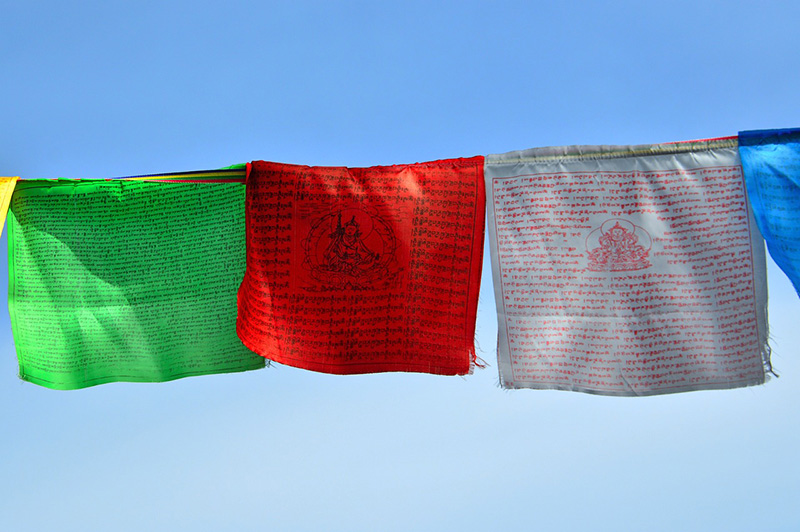
3. An In-Depth Look at the Five Colors of Prayer Flags
Blue – The Sky & Wisdom
Blue prayer flags represent the element of the sky and are a symbol of wisdom, foresight, and inner openness. The old Bon text Lung-ta sNying-thig says that seeing a blue flag on a mountain makes you think bigger about spirituality, like when you look out over a really big sky. Today, wearing blue-colored stones in Energy Healing Jewelry can activate the Throat Chakra, encouraging honest communication and authentic self-expression.
White – Air & Purity
White flags are linked to the element of air and represent purity, inner balance, and serenity. Legend has it that white flags can be seen over Lake Namtso, where the breeze across the water carries away worries and anxieties. These days, clear white crystals are used to cleanse spaces, making them perfect for beginners just starting on their energy-healing journey.
Red – Fire & Passion
Red flags are a symbol of fire – passion, courage and vital energy. In the Red Mountain Legend, warriors used to hoist red flags before battle to get their fighting spirit up. These days, red gemstones like agate are used to make Himalayan energy jewelry to open up the Heart Chakra, giving wearers the strength to love and the courage to take on life’s challenges.
Green – Water & Vitality
Green flags are linked to the element of water and represent vitality, healing and growth. The old Tibetan medical book Sangye Menla says that green flags in the wind bring good luck to the fields. In modern crystal healing, green stones are known for their anxiety-busting properties and ability to promote overall balance.
Yellow – Earth & Stability
Yellow flags represent the earth element – stability, nourishment and abundance. In the Legend of the Yellow Soil, yellow flags tied to the four corners of fields were a way of bringing good weather and big harvests. Today, yellow stones like tiger’s eye are used in clear quartz bracelets and chakra crystal sets to ground the wearer, fostering security and enduring inner strength.

4. Timeless Tales and Cultural Context
Story 1: The King and the Wind Horse
The Epic of King Trisong Detsen talks about how flags with the Lung-ta (wind horse) design were put up in front of the Potala Palace to protect the land from plague and drought. When the wind stirred, blessings followed. Inspired by this, HimaFlow’s Himalayan energy jewellery features a horse emblem in red agate pieces – modern talismans of courage and fortune.
Story 2: The Prayer of the Exiled Monk
Back in 1959, a Tibetan monk took off with an old prayer flag. Years later, in Dharamshala, he put it over his little temple and it became the community’s “guardian banner”. The idea for the “Whispers of Wind” line came from the play of light and movement in the fabric. The designer was inspired by the interplay of dawn light and fluttering cloth, and so etched the flag’s fine script into silver bangles. The line is ideal for those seeking crystals for anxiety relief.
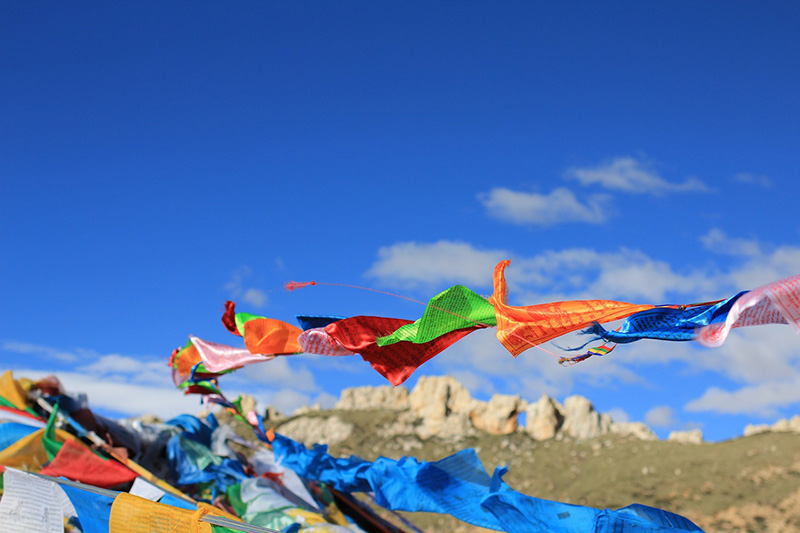
4. Scholarly Insights and Cultural Connections
Energy Resonance Theory: Tibetan scholars reckon that the Sanskrit syllables in scriptures vibrate in tune with natural wind frequencies, boosting the energy field in the environment. It’s a bit like wearing crystals, like clear quartz bracelets, to balance the body’s energy. Semiotic Analysis: The arrangement of the five colors corresponds to the Five Elements and the Seven Chakras system, aligning with Feng Shui accessory theory in spatial layout, and providing new design inspiration for modern home decor and personal Feng Shui. Cultural Identity: Wearing jewellery with prayer flag elements isn’t just for show; it’s a way of showing respect for the highland culture and feeling like you’re part of it. It also reflects the spiritual side of the wearer, as part of a “socially responsible elite group”.
References
“Crystal Energy and Chakra Resonance,” Journal of Alternative Therapies, Vol. 27, No. 2, 2023.




